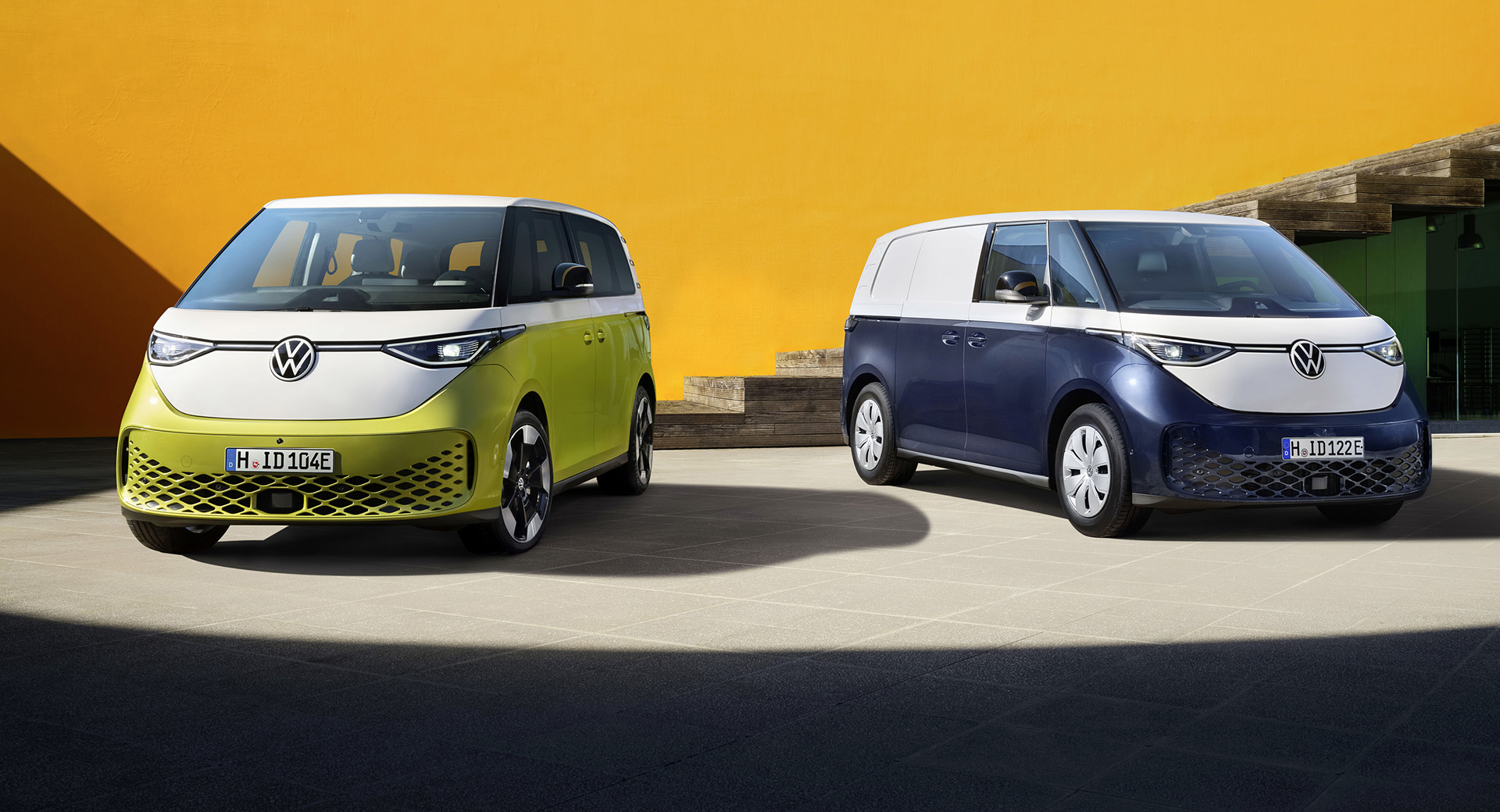Important Volkswagen Group component sites have started to produce key parts for the long-awaited ID. Buzz.
The all-electric van is currently being built at VW’s electric vehicle plant in Hannover, Germany. Helping to make production possible are separate sites in Braunschweig, Kassel, Salzgitter, and Hannover that are supplying the most important components for the EV.
Read More: VW Starts ID. Buzz Production, Will Have The Capacity To Make 130,000 Units Per Year In Germany
Volkswagen Group Components is responsible for manufacturing the front and rear axle assemblies of the ID. Buzz and ID. Buzz Cargo. These components are being built at a new axle assembly line in Barsinghausen and in the near future, roughly 200 employees from a component plant in Hannover will start to fit the axles for the ID. Buzz.
The automaker’s Hannover site will start assembling the ID. Buzz’s MEB systems in 2024 and is already working on flexible fast-charging stations.
Elsewhere, VW Group’s Kassel facility manufactures the drivetrain components for the MEB platform and will also handle production of the pulse inverter for the brand’s future module electric drive matrix, assuming responsibility for the “brain” of the electric drivetrain. VW’s Braunschweig location has also been tasked with the development and manufacturing of key battery systems while its Salzgitter plant will produce the elementary components for the MEB system. This plant will also be converted into the Volkswagen Group’s European battery hub and in 2025, start to produce battery cells.
Volkswagen expects to produce 15,000 ID. Buzz and ID. Buzz Cargos at its Hannover plant this year but importantly, the site has the ability to produce as many as 130,000 EVs per year if demand is high enough.
European deliveries of the ID. Buzz will start in the fall from €64,581 ($69,084) in Germany. The standard model is powered by an 82 kWh battery pack and a single electric motor muscling out 201 hp and 229 lb-ft (310 Nm) of torque, allowing it to travel up to 424 km (261 miles) on a charge.



